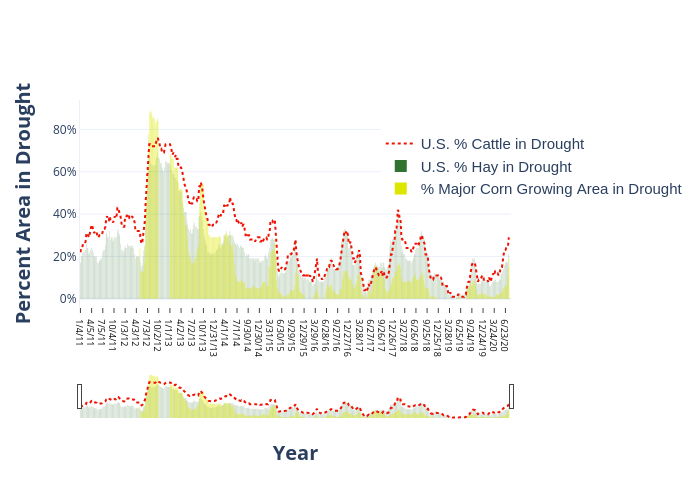El Niño is Back and Gaining Speed What Does that Mean for our Spring Weather?
After going ‘AWOL’ in January, El Niño came back in mid-February, contributing to an active storm track that has brought much-needed moisture to much of the western US. The wet conditions have reduced the area considered in drought considerably over the course of just one month.
Image courtesy of NOAA/Climate Program Office
We recently spoke to Klaus Wolter, who is a retired researcher at the University of Colorado that specializes on El Niño and La Niño events, about what the recent strengthening could mean for our weather going forward. Wolter explained that “while most El Niño events tend to persist through winter and weaken into spring, they can get a late boost during the winter, with the most recent examples being the weak El Niño of 2014-15 that morphed into the Super Niño of 2015-16, and the weak El Niño of 2004-05 that had a late rally in early 2005, but then dissipated by mid-2005”.
Wolter said that going forward, “the majority of the ECMWF [European Centre for Medium-Range Weather Forecasts] model runs show moderate El Niño conditions during early summer, followed by greater uncertainty in the fall”. Wolter said even though there is uncertainty in the fall timeframe there are still increased odds of a 2nd El Niño winter given that the majority of climate models show El Niño conditions into early 2020.
Wolter described that while two-year El Niño events are not quite as common as ‘double-dip’ La Niña events (i.e. two or more years La Niña), they have occurred six times since 1948: 2014-16, 1991-93, 1986-88, 76-78, 68-70, and 1957-59. “As best as we can tell, the late spring season (April-June) during such conditions tend to be similar to typical El Niño springs, with much cooler-than-average temperatures most likely in the southern plains and much warmer-than-average temperatures in the northwestern US”, Wolter said.


The above maps show the risk of WARM or COLD extremes (upper/lower 20%; left map) during April-May-June of El Niño, compared to the average outcome during the first year spring of a two-year El Niño (right map). Essentially what Wolter is saying that it does not make much difference for spring whether you consider all El Niño events or just the ones that persisted into the following year.


For precipitation, the general risk (left map above) of being in the wettest 20% of the observed springs during 1895-2014 is highest from southern California along the Mexican border and continuing to Louisiana during El Niño springs, while the risk of ending up in the driest 20% is highest over the northern plains and Midwest, which is consistent with what we would normally expect for an El Niño.
The take home from all this is that El Niño is currently solidifying and will favor a wet and cool spring in much of the southwestern U.S. If it continues to strengthen into the summer, the odds for a second El Niño winter in 2019-20 are better than 50%.
Share on facebook
Share on google
Share on twitter
Share on linkedin
Share on pinterest
